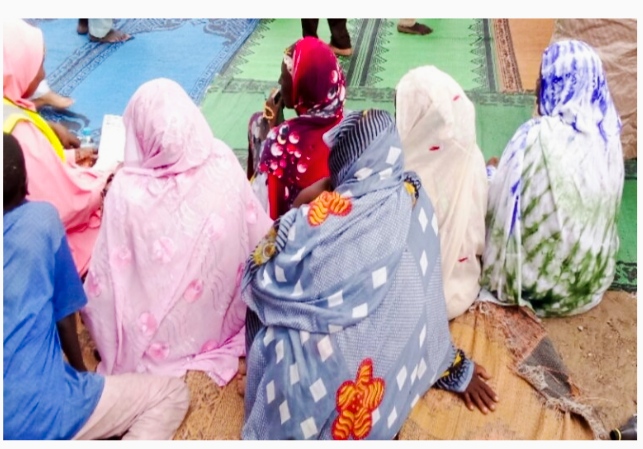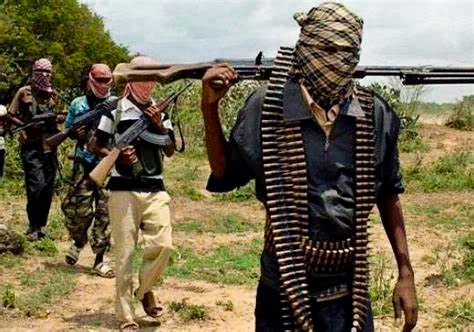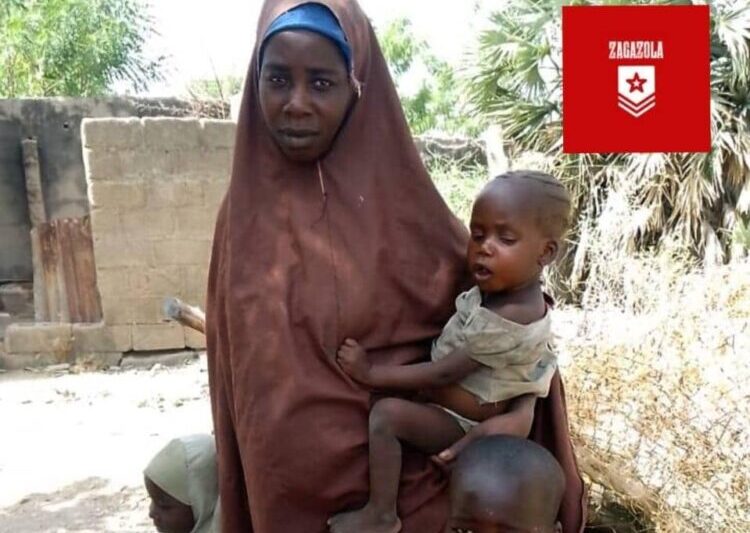One resident was killed and many others injured or wounded on Wednesday when insurgents, suspected of being members of the Jamā’at Ahl as-Sunnah lid-Da’way Wa’l-Jihād (JAS), raided Azir, a village about 15km outside Damboa in Borno State.
Villagers said they were isolated and neither police nor soldiers had provided help to stop the insurgents. The insurgents looted foodstuff and livestock and set many houses alight.
Bagado Hamza, a resident of Azir Anakwasheri, in the Damboa Local Government Area, told RNI reporter Alkali Mustapha that the attack started at about 7pm and lasted five hours.
He said a resident was killed and many were seriously injured or wounded. Many had people had lost their properties, too.
“The insurgents looted pricey properties in the village and set many houses alight.”
Hamza said the insurgents arrived in the village on motorcycles, bicycles and cars.
“The insurgents don’t fear anyone. They attack places in their own time and go ahead unchallenged. They come and go whenever they want.” said.
He said the village did not have any security personnel to help repel the attackers.
“We didn’t see soldiers or police. We were helpless. We saw everything they did to us in our village but no one dared challenge them,” Hamza said.
Although the village was peaceful again, the residents were very scared, he said.
“We know the insurgents can come back at any time. They know we do not have any form of security.”
Some residents fled to Damboa to seek food and shelter.
One of them, who asked to remain anonymous, said: “The insurgents wreaked havoc on our community without confrontation and we managed to escape into the bush before fleeing into Damboa”
- Azir Anakwasheri was one of the villages that insurgents had attacked most often in 2020. It is the only settlement still occupied on the 100km Damboa-Biu road. Residents in more than 10 villages on the road were displaced and the settlements have remained “ghost” communities for more than five years.








